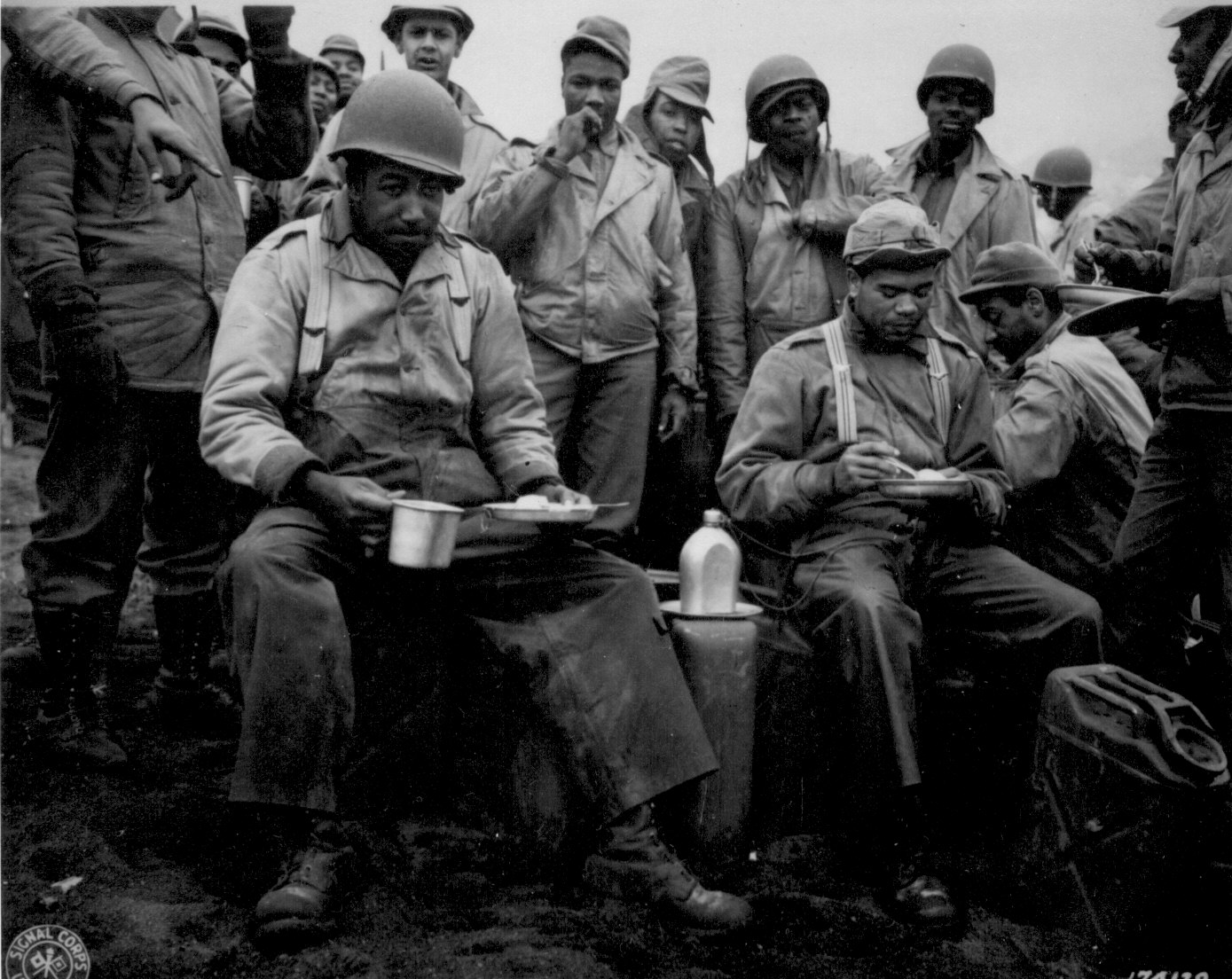
The first Provincial Congress of Massachusetts meeting in October 1774 reacted to the closing of Boston harbor and other coercive acts of Great Britain by choosing a Committee of Safety which was authorized to muster, arm, and supply a Army upon any consideration whatever.” 6 Although that resolution was set aside for further consideration by the third Provincial Congress to whom it had been referred, it was made effective by an order of the Continental Army issued on July 10. It stated that only freemen were to be enlisted and “that no Slave be admitted into this”.

4Īfter the Alarm at Lexington, the Massachusetts Committee of Safety realized the impending danger of further conflict with Great Britain and passed a resolution on regarding enlistments into the army. 3 Among them was Prince Estabrook, an African American from Lexington, who was wounded in that first battle of the Revolution. The Massachusetts Minutemen who were organized as a result of the Committee of Safety’s October action responded quickly to the Lexington Alarm on April 19, 1775. 2 Although it was not always followed to the letter, the order has made the task of identifying minority participants in the Revolution less difficult. That order required that a descriptive return, including “complexion,” be made of all men in the army.

1 General Artemus Ward, George Washington’s predecessor as Commander-in-Chief, issued the first general order of the Continental Army in the spring of 1775.

African Americans of Massachusetts in the Revolutionįorgotton Patriots – African American and American IndianĪbout 1,700 African Amerian and American Indian men have been identified in this study as being among the nearly 68,000 soldiers Massachusetts supplied to the army during the Revolution.


 0 kommentar(er)
0 kommentar(er)
